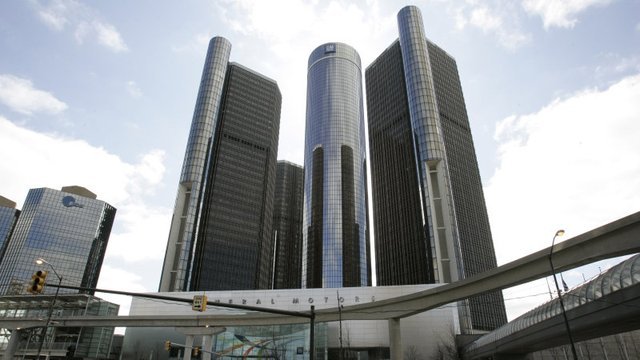Regardless of where you fall, the auto industry bailout has officially ended, and the numbers have been tallied. Of the $79.69 billion that the Feds invested to keep the automakers afloat, it recouped $70.43 billion – a net loss of $9.26 billion.
The final nail in the coffin for the auto bailout came in December 2014 when the Feds sold its shares in Ally Financial, formerly GMAC. The deal turned out pretty good for the government too because the investment turned a 2.4 billion profit. The actual automakers have long been out of the Treasury's hands, though. The current FCA paid back its loans six years early in 2011, the Treasury sold of the last shares of GM in late 2013.
According to The Detroit News, the government's books actually show an official loss on the auto bailouts of $16.56 billion. The difference is because the larger figure does not include the interest or dividends paid by the borrowers on the amount lent. While it's easy to see fault in any red ink on the Feds' massive investment, the number is less than some earlier estimates. At one time, deficits around $44 billion were thought possible, and another put things at a $20.3 billion loss.
Outside of just the government losing money, the bailouts might have helped the overall economy. A study from the Center for Automotive Research last year estimated that the program saved 2.6 million jobs and about $284.4 billion in personal wealth. It also indicated that the Feds' reduction in income tax revenue alone from Chrysler and GM going under could have been around $100 billion for just 2009 and 2010, significantly more than any loss in the bailout.
Related News



